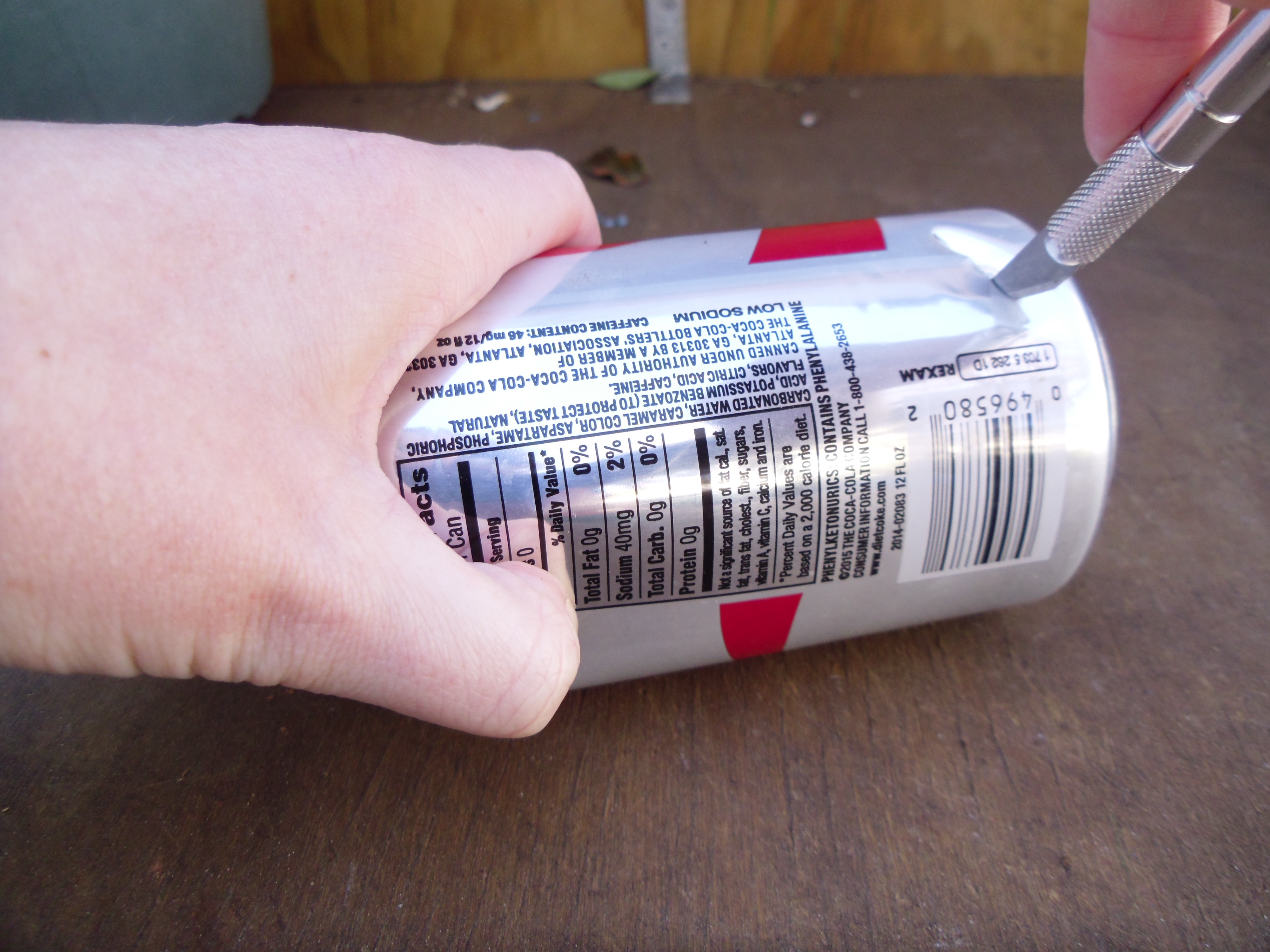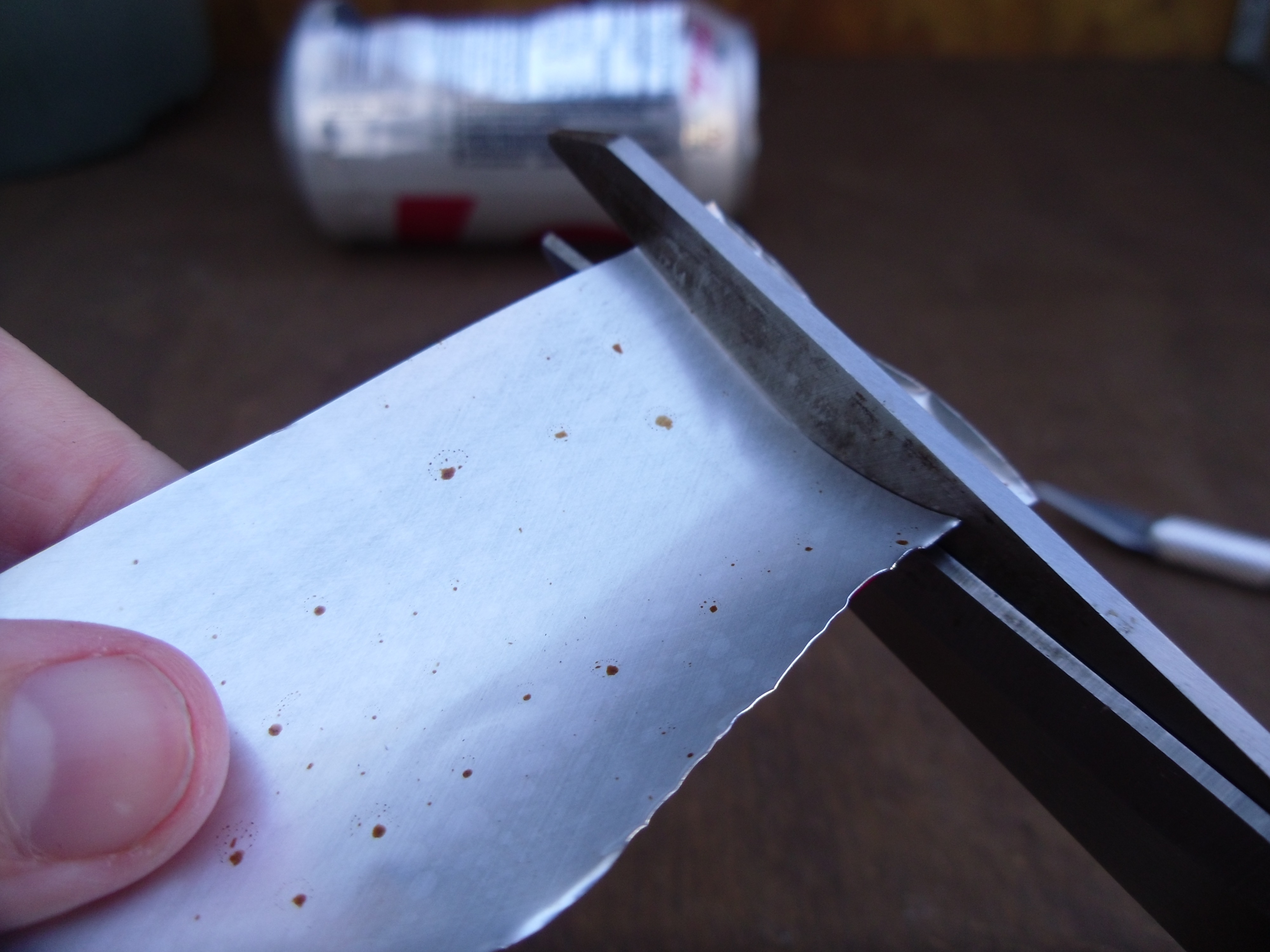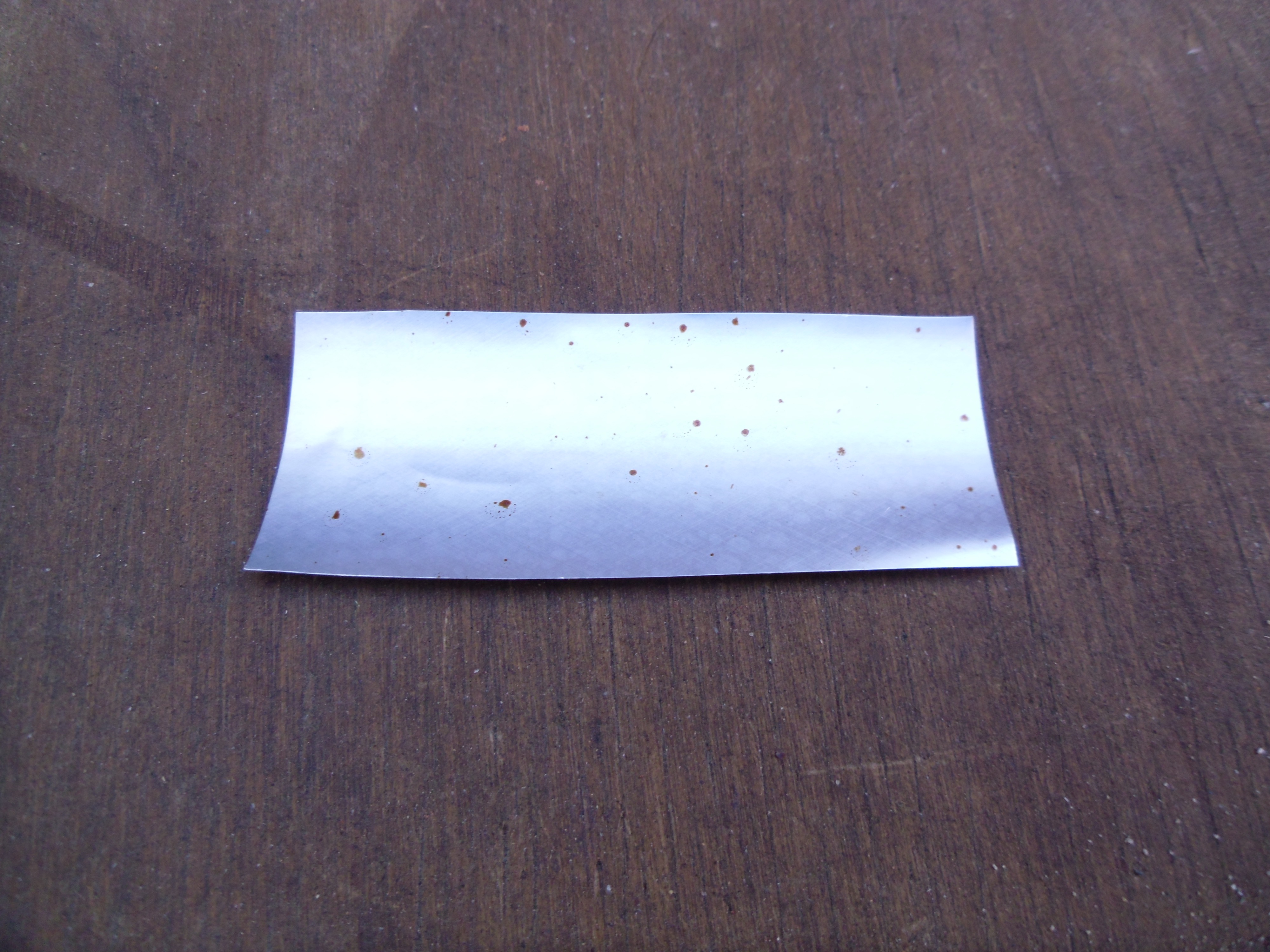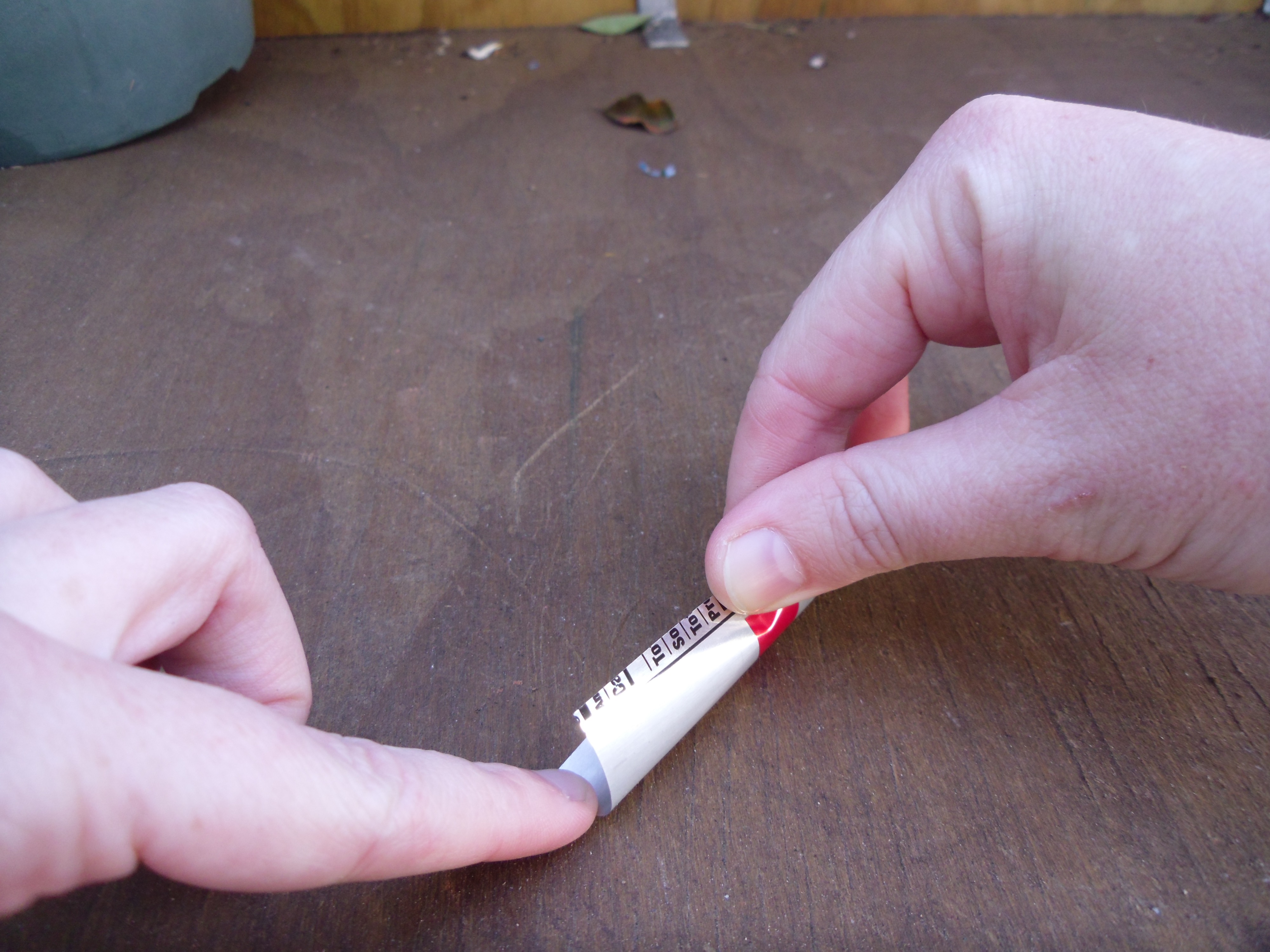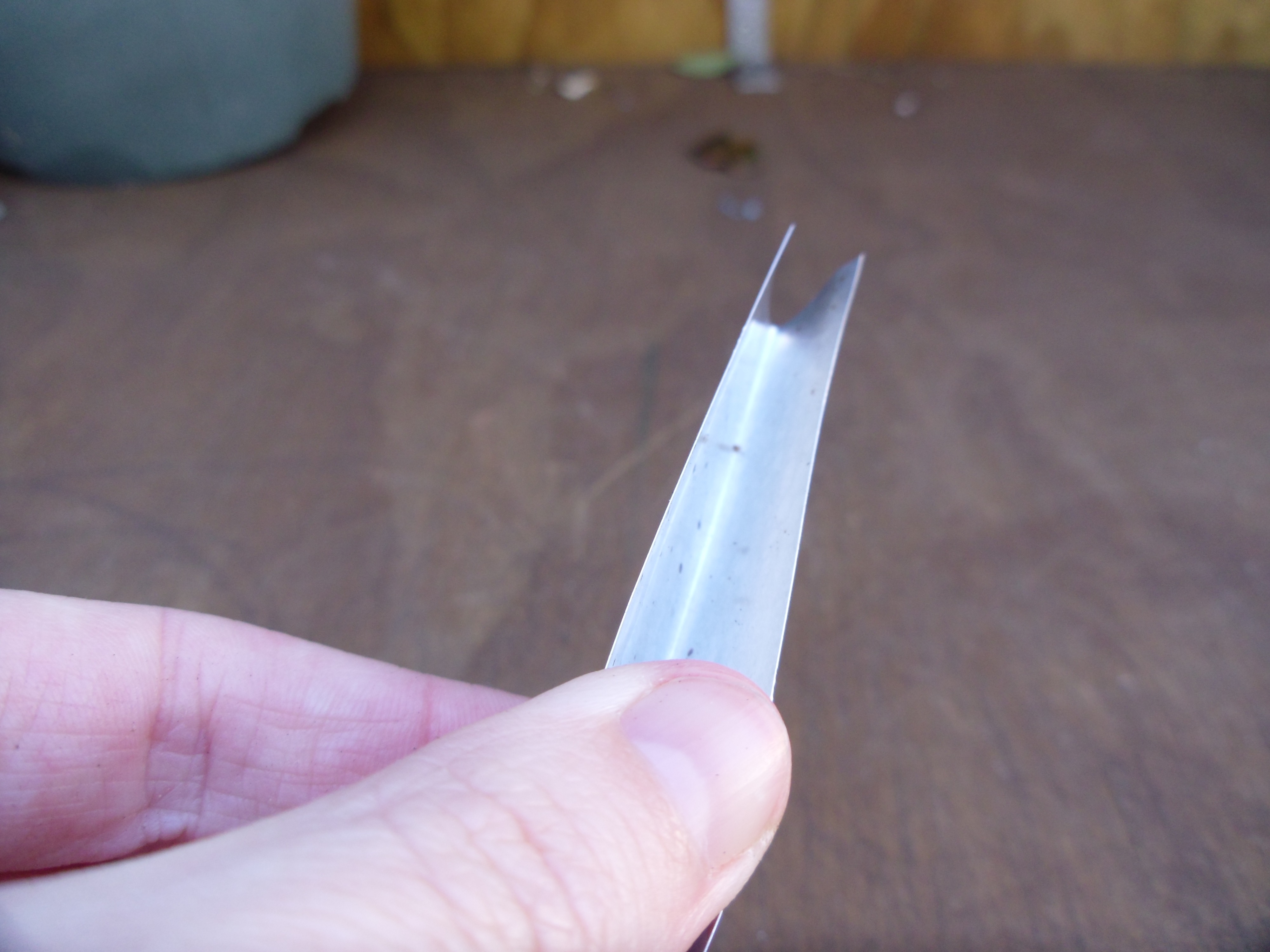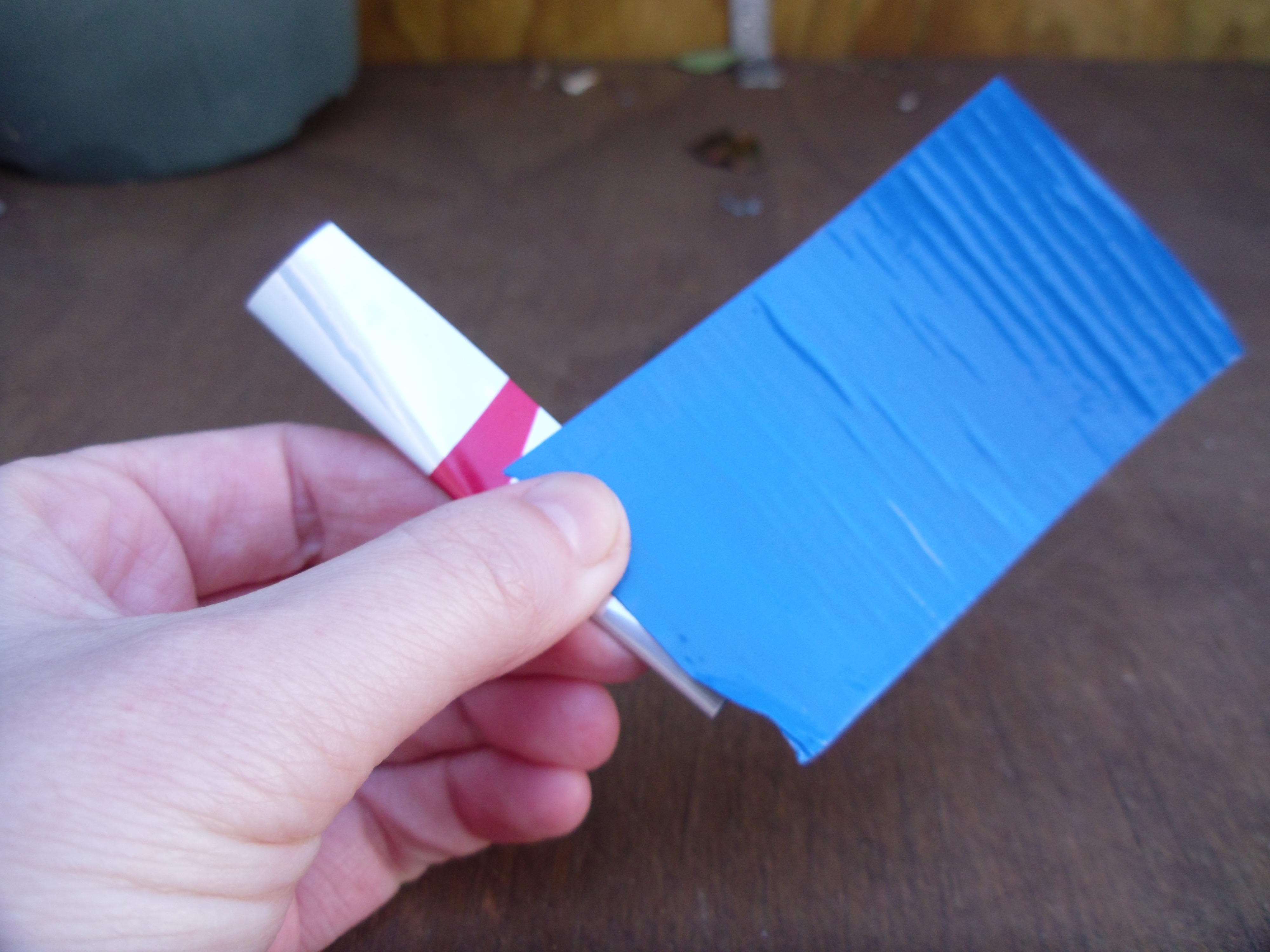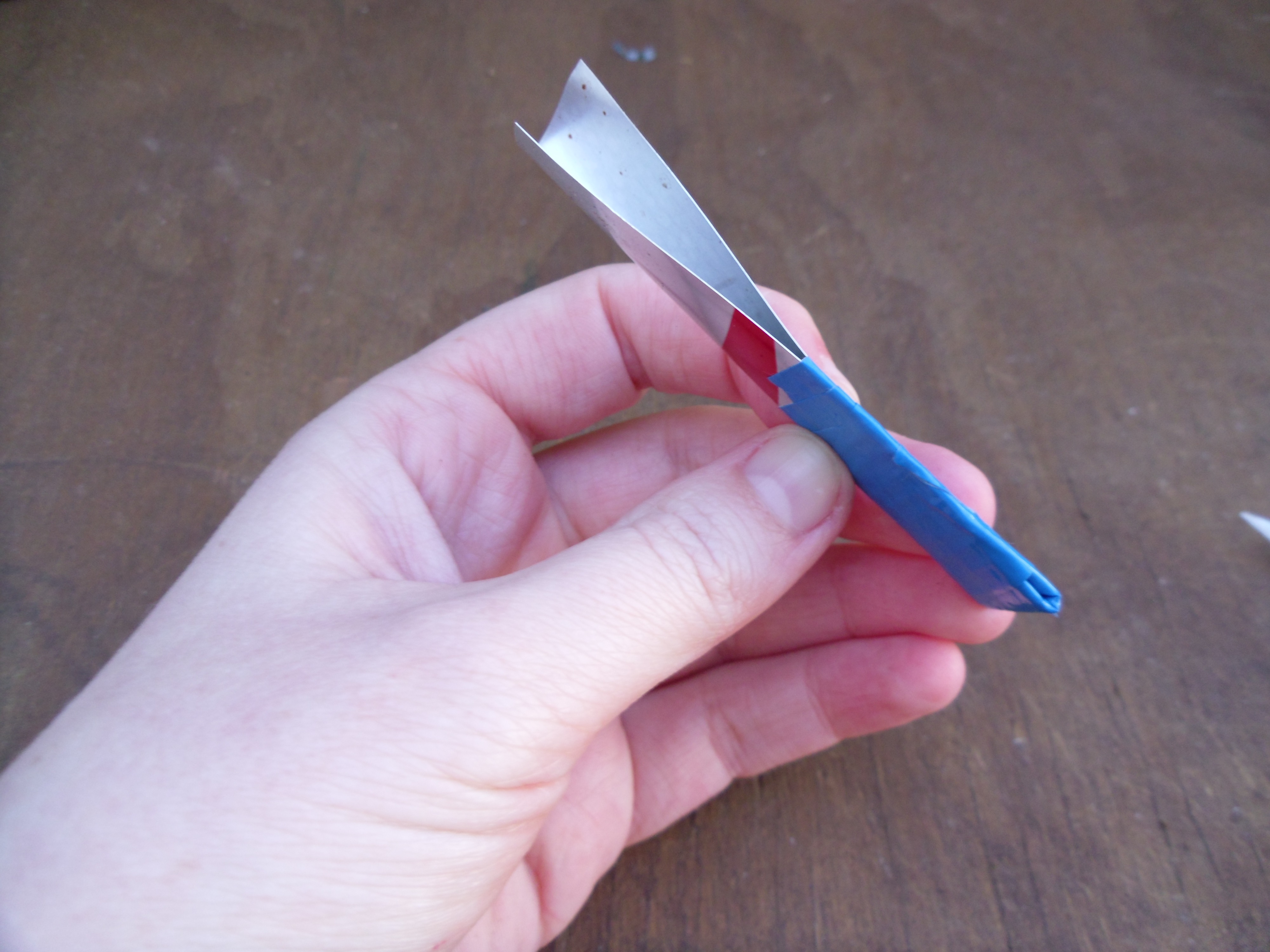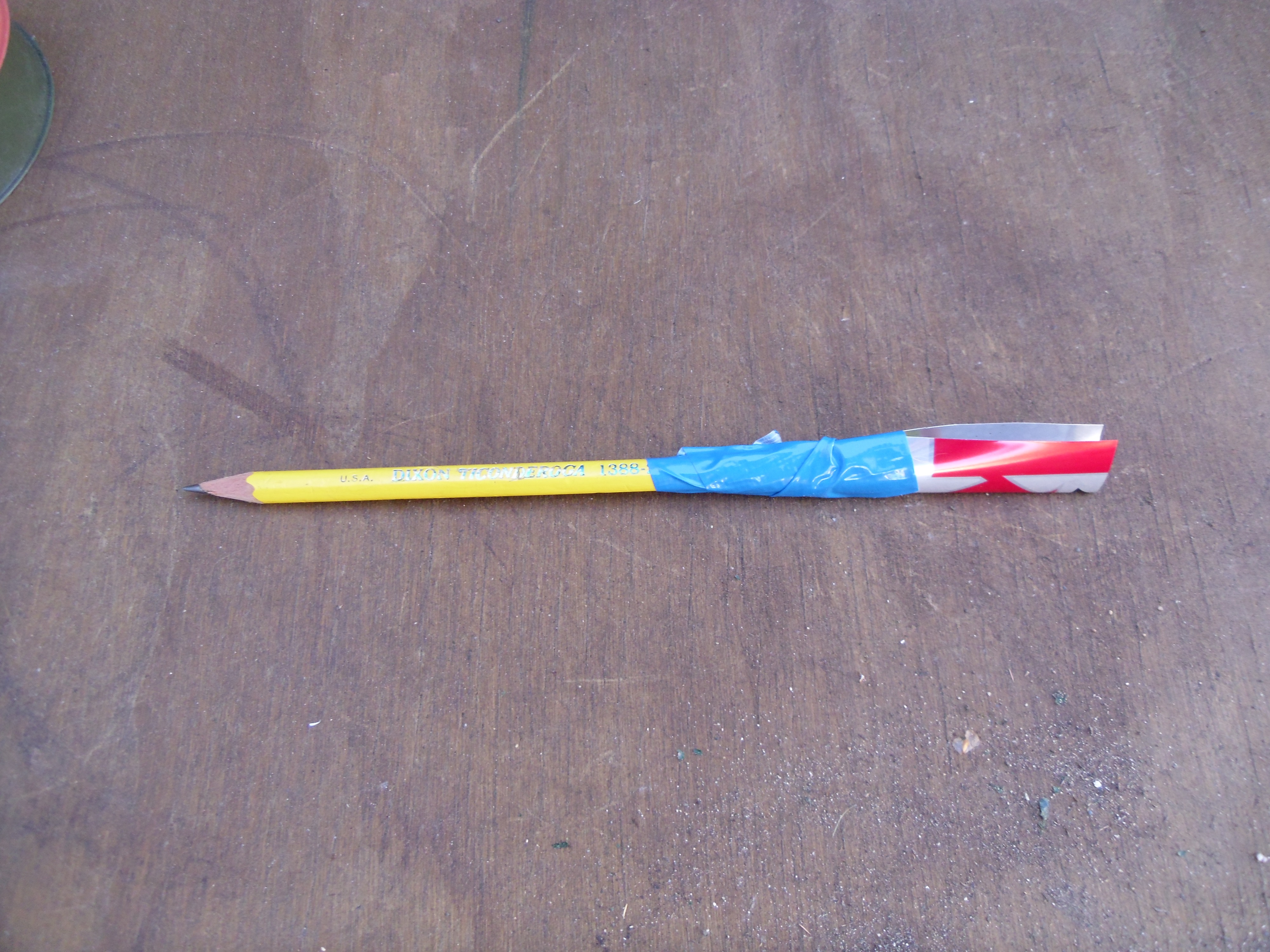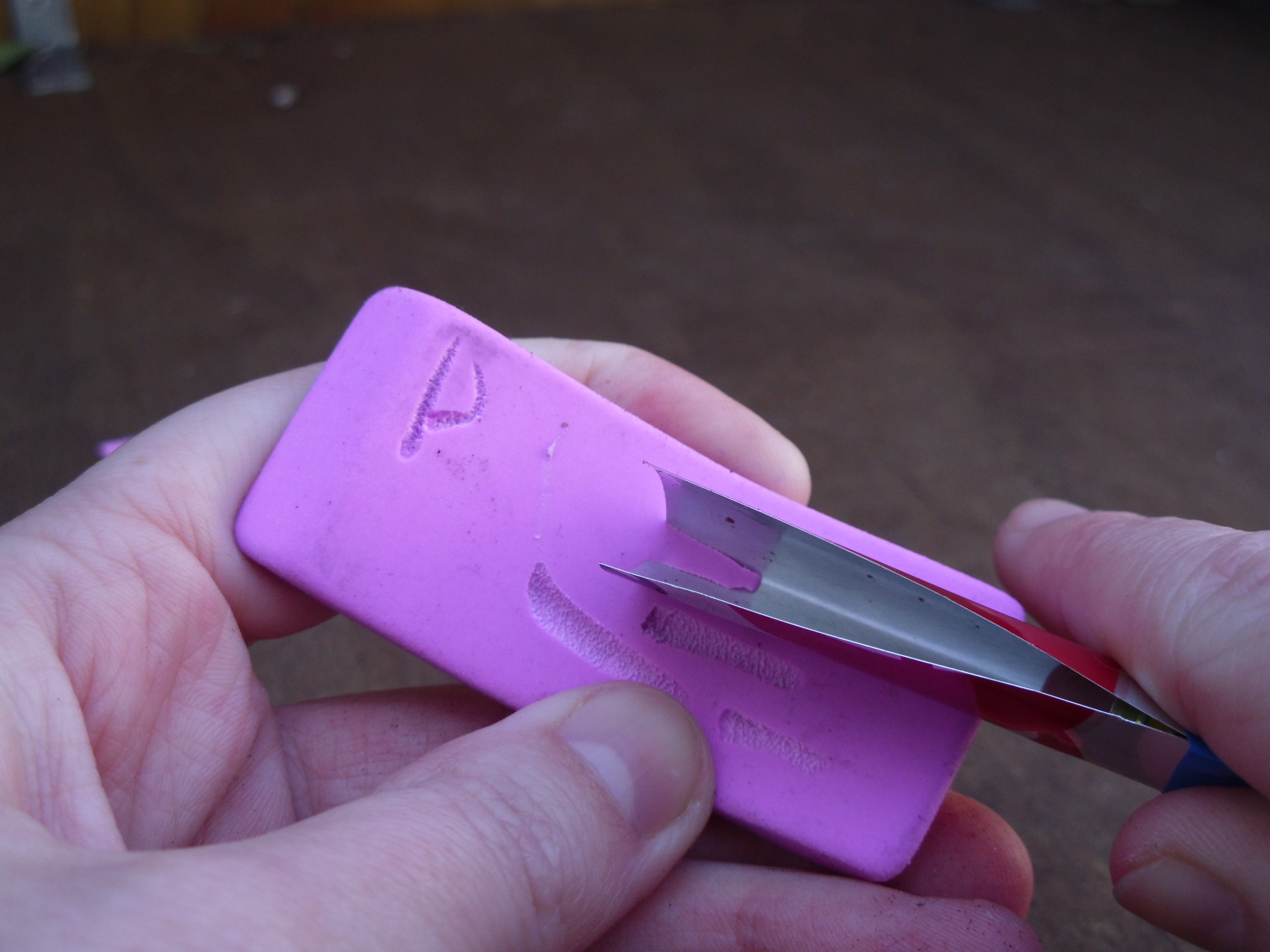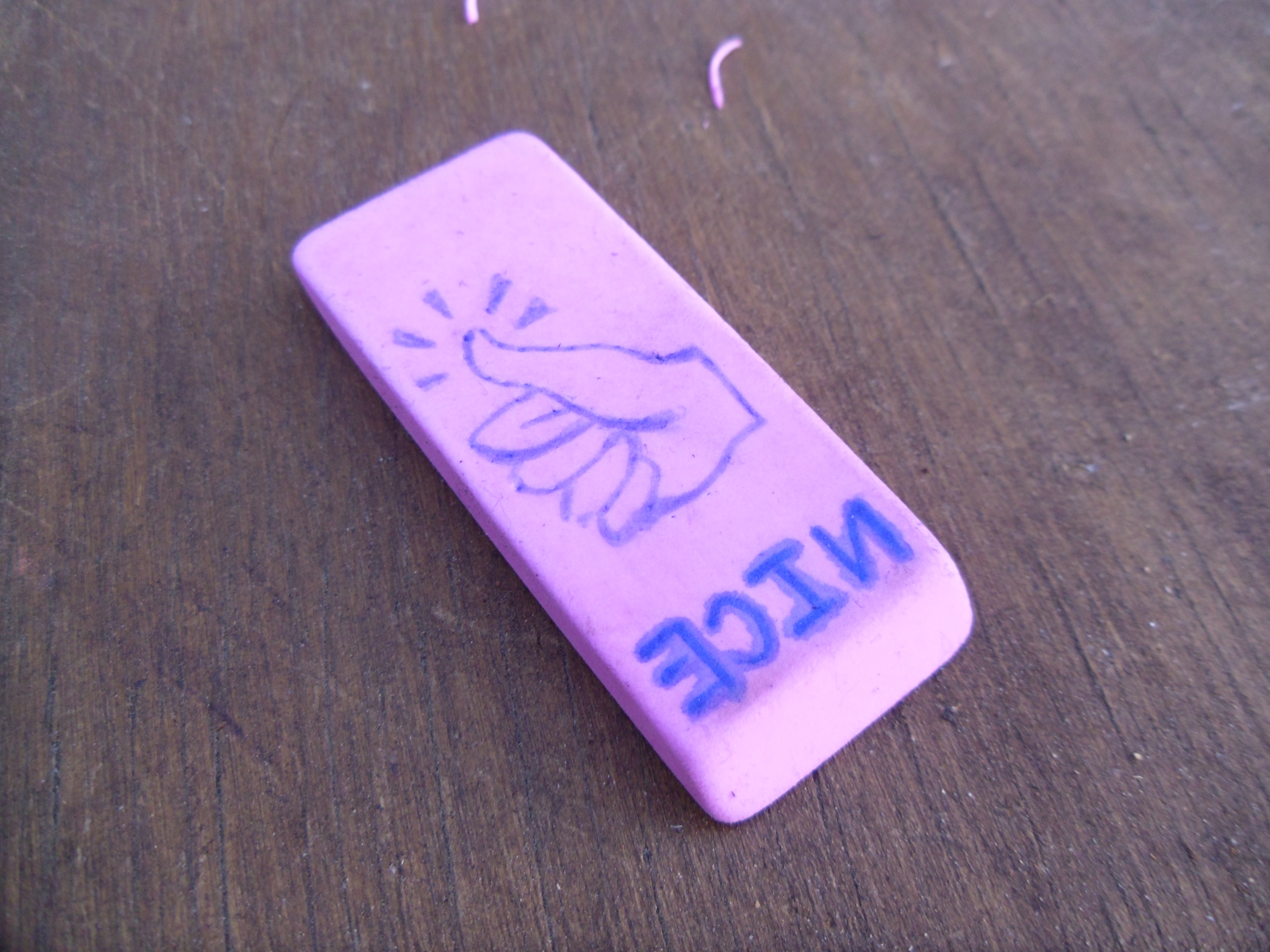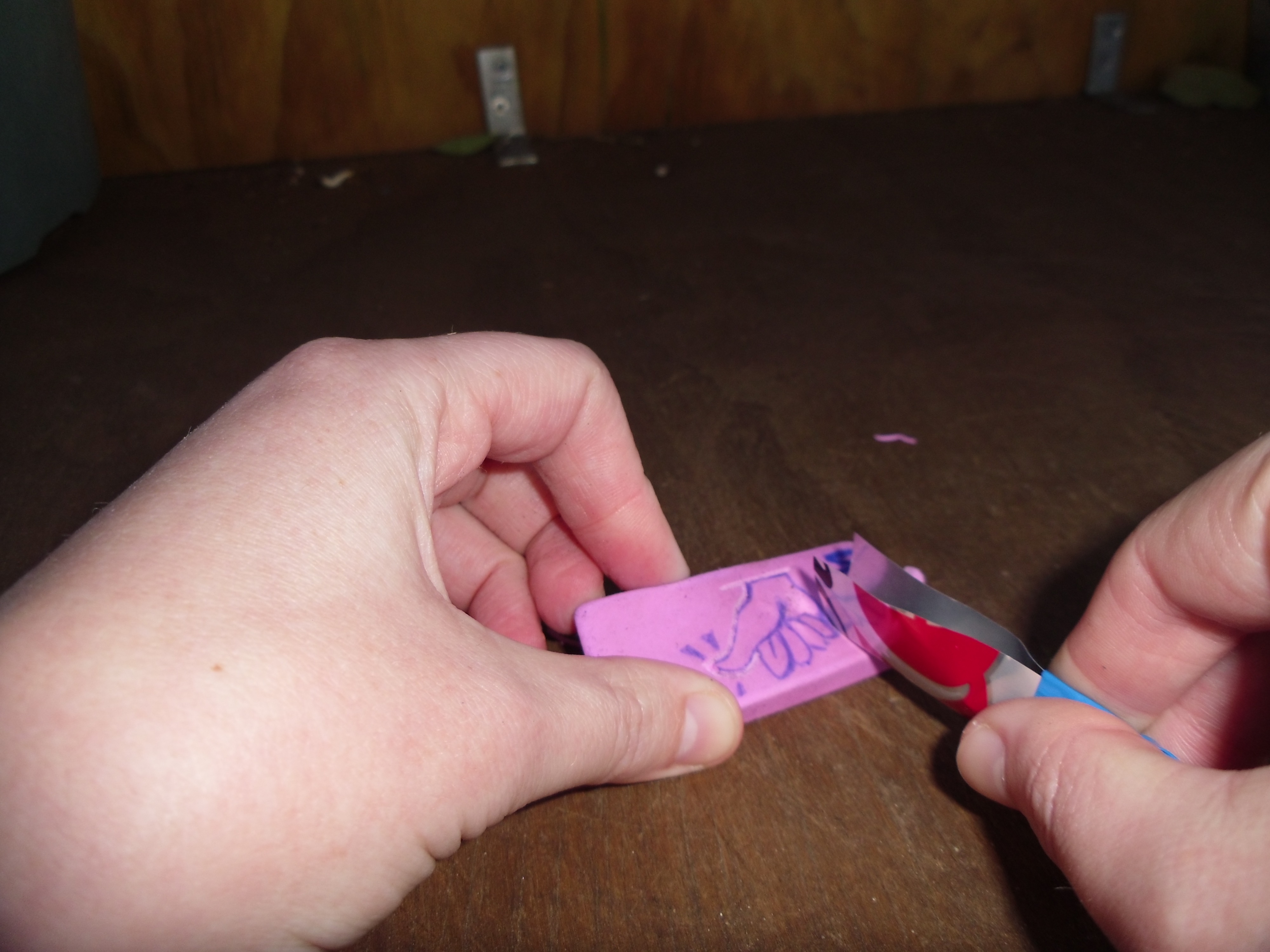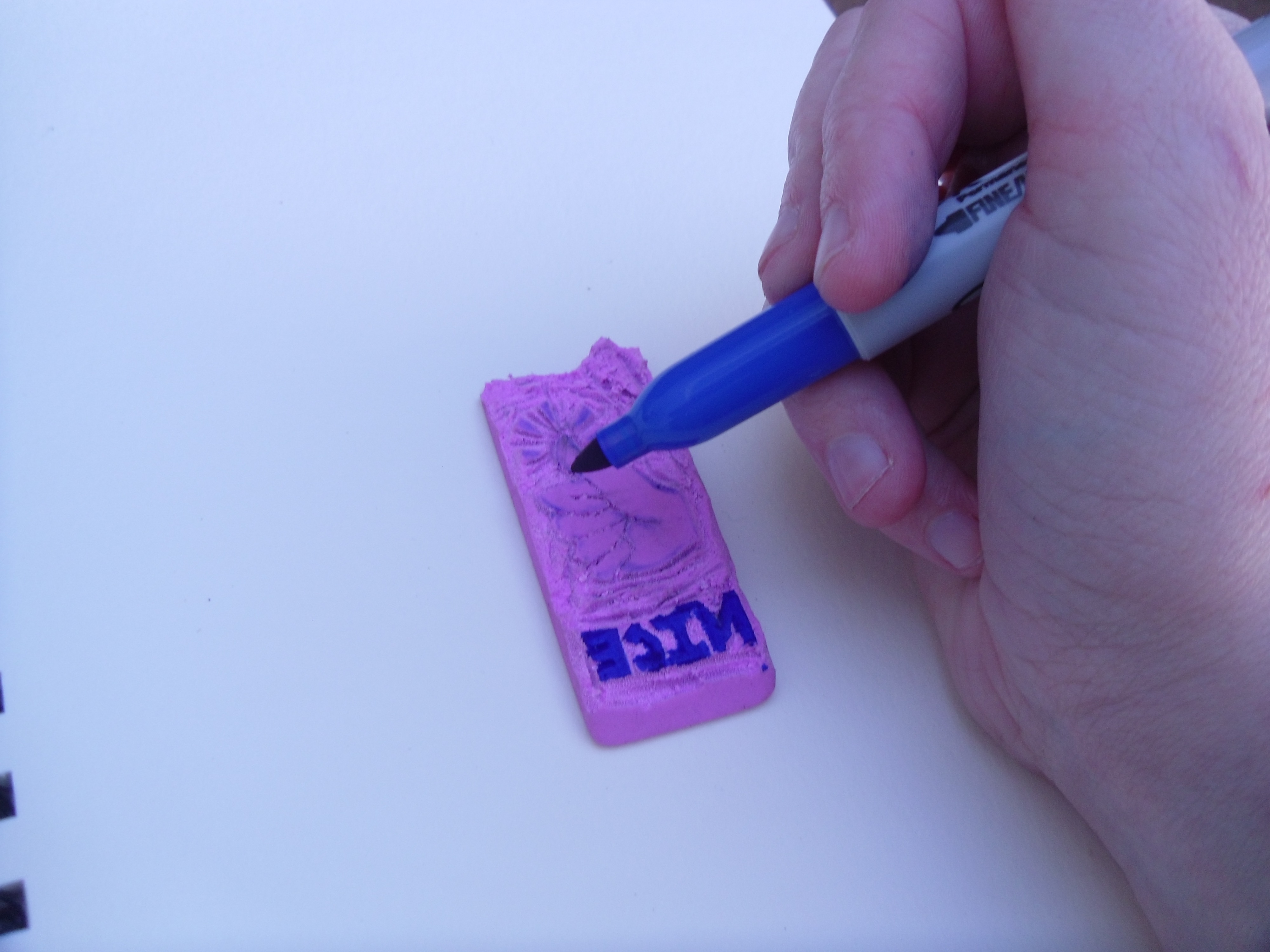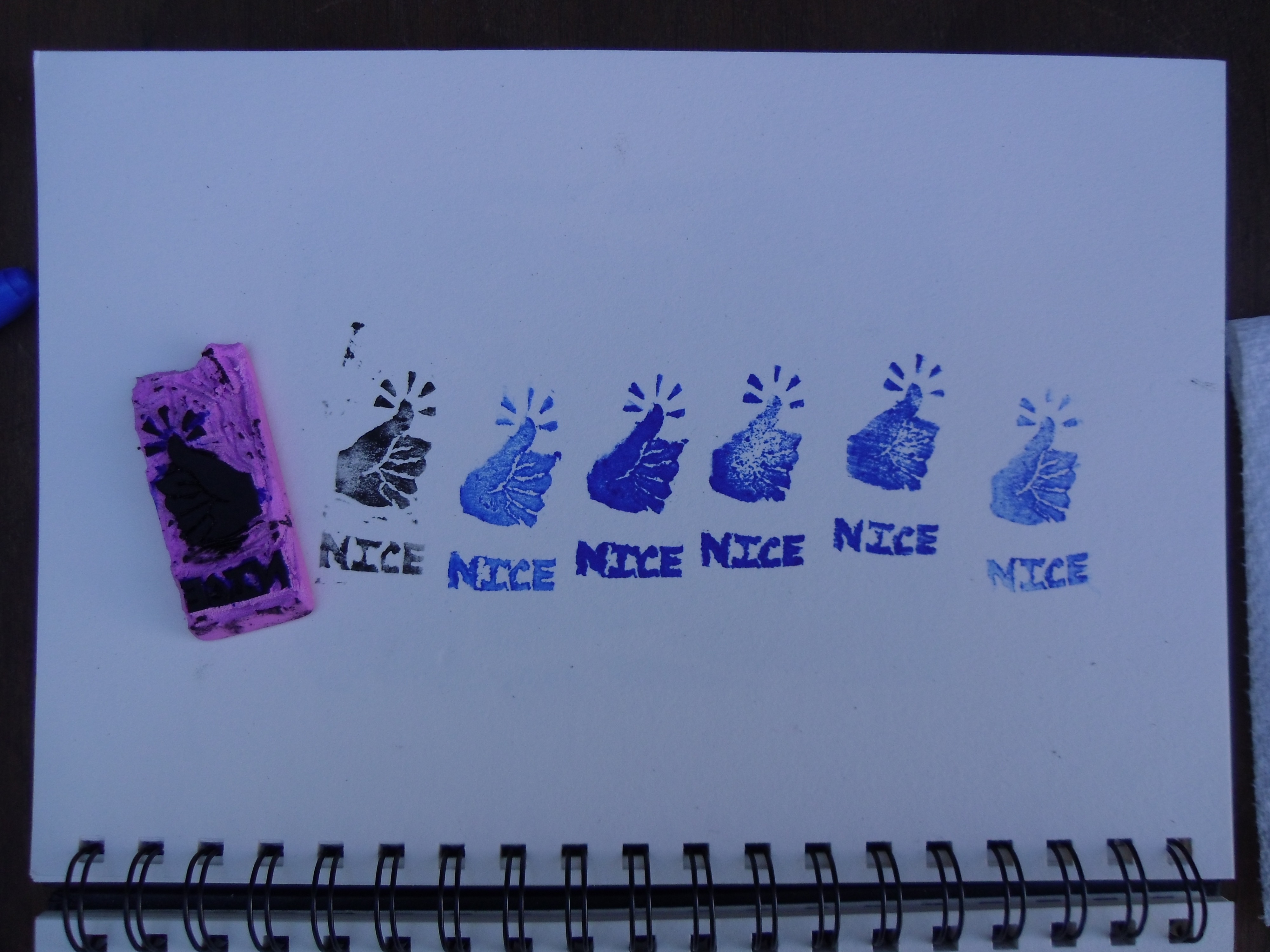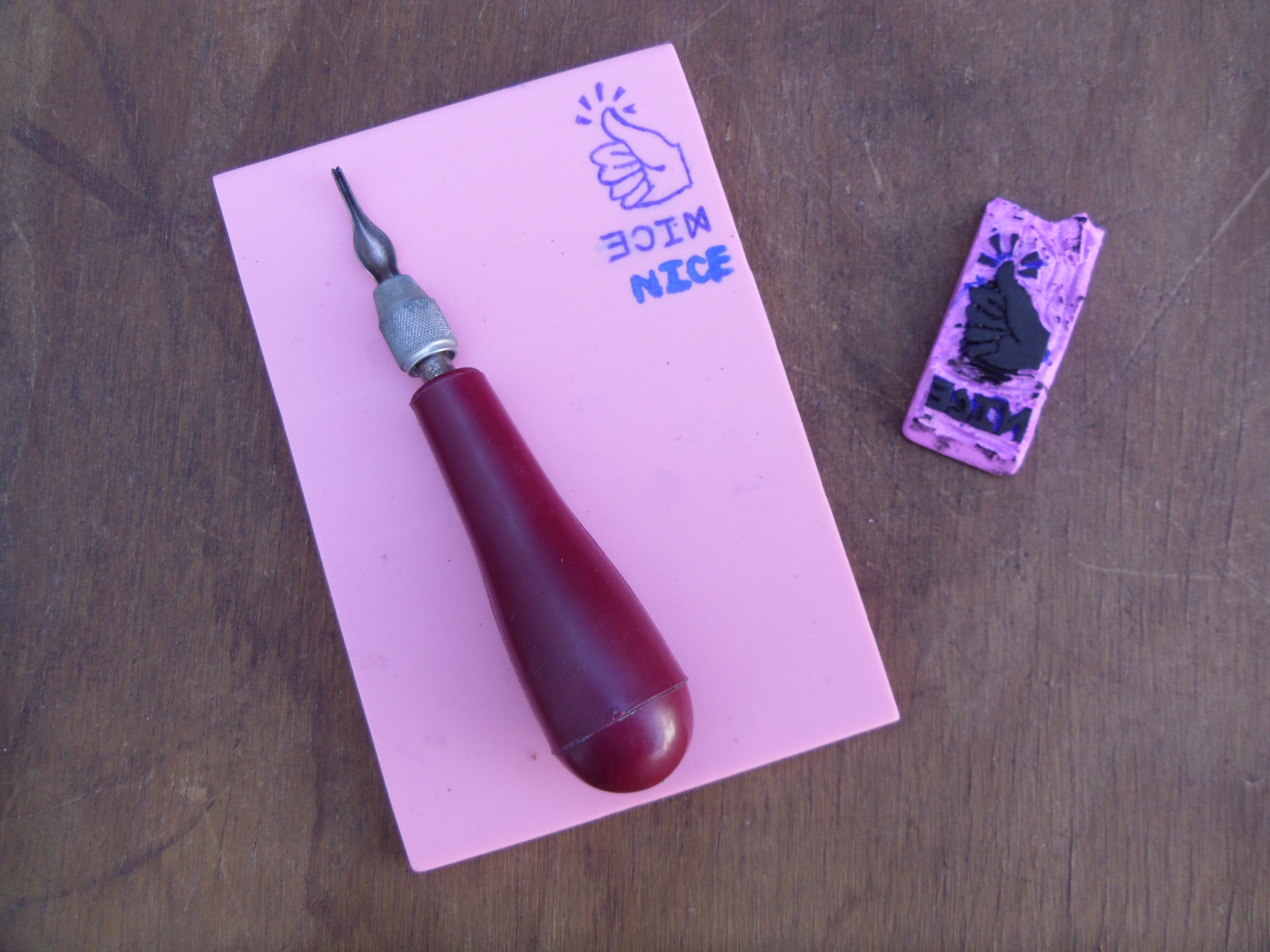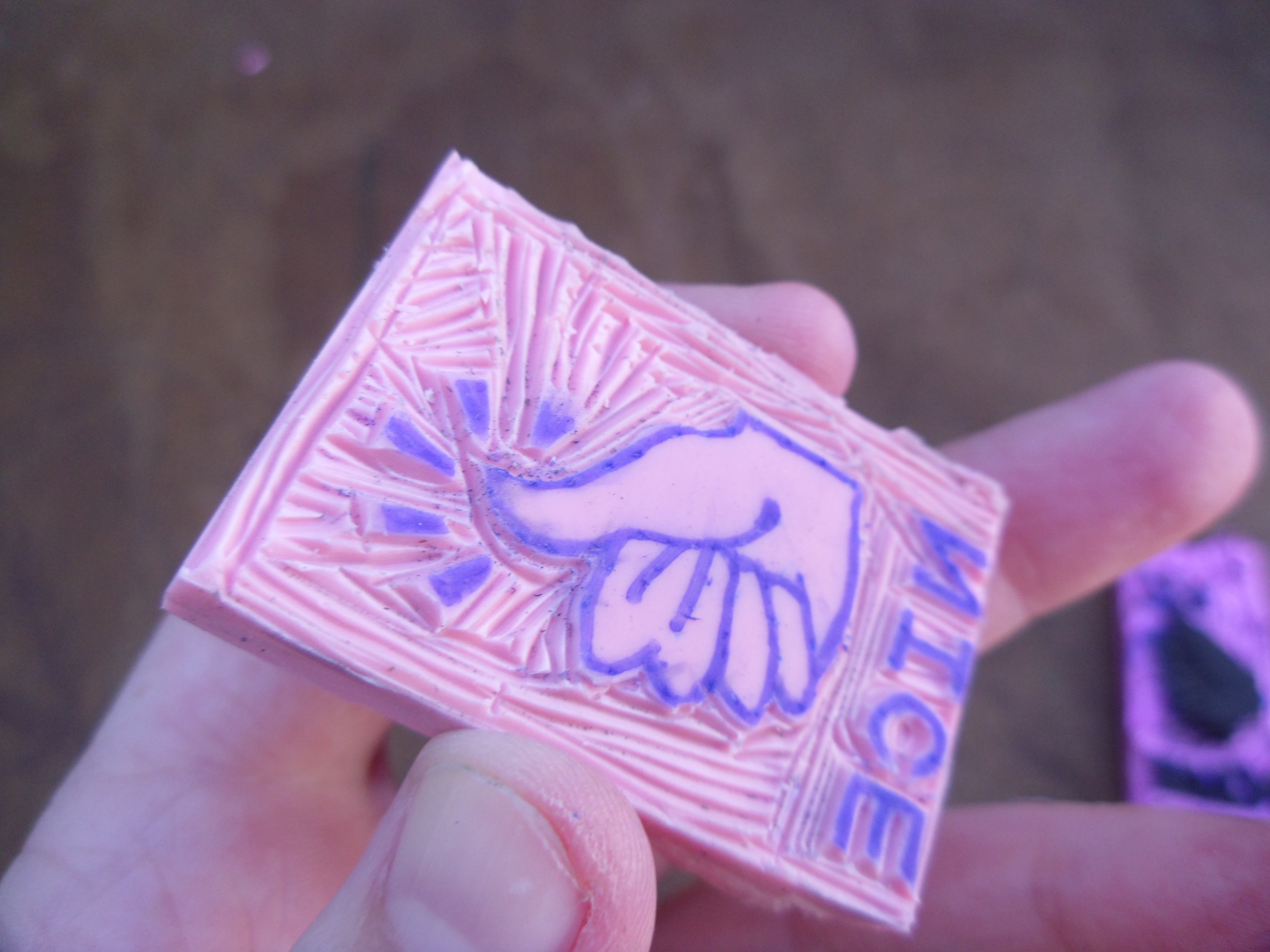
Recently, I saw some really impressive DIY calligraphy pens made out of soda cans, and I wanted to take that same idea and see if I could apply it to some other tool. The sharp edge of a cut aluminum can would lend itself well to the easy-to-carve material used for linocut printing and stamp-making, so I gave it a shot. I decided to take it a step further by using household items for the carving block and ink as well, meaning this project was completely free to make.
Let’s get real: you can buy a decent beginner’s linocut carving set, a 4″×6″ piece of artists’ linoleum, and ink for somewhere between $20–$30. By many standards this is not so expensive that the price of materials poses a major barrier to entry. So why try to make something that’s already pretty cheap for a pretty decent quality, and try to make it for free?
The flippant answer would be: Why not? A valid enough response for many of the things we make, but for me the real answer is curiosity without commitment. You can try before you buy using stuff you likely have in your recycling bin and junk drawer.
Even if you’re reading this at 2 a.m. and all the art stores in your town are (reasonably) closed, you could try this out right now and see if it’s right for you. Later, you can buy sturdier supplies if you find this whets your appetite for art, but for now this can be an extremely cheap (and by cheap I mean free!) start.




